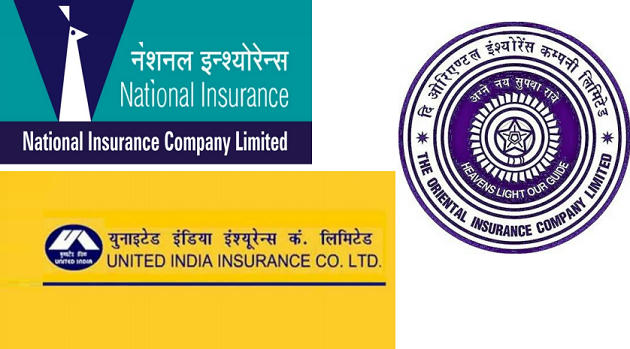Table of Contents




PUBLIC SECTOR INSURANCE COMPANIES
- Life Insurance Corporation of India (LIC) of India was incorporated on 1st September, 1956 by amalgamating 243 Companies by the Act of Parliament called Insurance Act, 1956.
- LIC is governed by-
- the Insurance Act 1938, LIC Act 1956,
- LIC Regulations 1959 and
- Insurance Regulatory and Development Authority Act 1999.
GENERAL INSURANCE CORPORATION OF INDIA
- The General insurance industry was nationalized in 1972 and 107 insurers were grouped and amalgamated into four Companies –
- (1919) The New India Assurance Co. Ltd.
- (1906) National Insurance Co. Ltd.
- (1947) The Oriental Insurance Co. Ltd.
- (1938) United India Insurance Co. Ltd.
IN NEWS
- The government is planning to expedite the merger of three public sector general insurance companies – National Insurance Company, Oriental Insurance Company and United India Insurance Company.
- Though former Finance Minister Arun Jaitley had announced their merger in his Budget speech 2018-19, there was hardly any momentum in its implementation.
WHY MERGER?
- The present government has long advocated merger and consolidation of public sector companies to cut down the cost and take advantage of economy of scale.
- It does not make sense for the government to operate four separate companies in the same sector.
- With liberalisation and opening up of the market to private players, unhealthy competition among the four companies has resulted in them rapidly going down in terms of profitability and solvency.
HOW THE MERGER WILL BE DONE?
- The merger will be done through amending the General Insurance Business Nationalisation Act, 1972.
- The Finance Bill, 2019 has proposed to amend the Act by substituting the words that says “there will be four companies” with “there will be up to four companies” in section 16, in sub-section (2).
- This means there could be three companies or two companies or just one entity in the government sector while merger.
AFTER MERGER
- The combined entity will become the largest non-life general insurance Indian company with value of Rs 1.2- 1.5 lakh crore.
- These 3 companies account for total market share of around 35 percent.
- The three companies together had over 200 insurance products with a total premium of Rs 41,461 crore.
HOW IS THIS GOING TO HELP?
- All three firms put together have 90 regional offices, which may now come down to 30 post merger.
- They have some 1,200 divisional offices (DOs) with each DO costing around Rs 5 crore annually.
- If the number of DOs is rationalised and some shifted to unrepresented areas and the total number reduced to around 600, the savings in cost is around Rs 3,000 crore annually.
- The total employee strength is over 45,000.
- The plan is likely to make redundant 10,000-15,000 excess staff and result in huge savings.
- Hence the huge savings in cost alone may turn the entity into a profitable one, provided the business momentum is maintained.
CHALLENGES IN MERGER
- As all 3 companies have different technology and IT platforms, platform migration and integration will be an immediate challenge.
- There will also be formidable HR issues given the proliferation of trade unions in the three PSU insurance companies. (Role played by the chairman of SBI in the smooth merger)
- Ultimately, more than physical merger, emotional integration of the companies is important to achieve the desired results.
Latest Burning Issues | Free PDF























 WhatsApp
WhatsApp